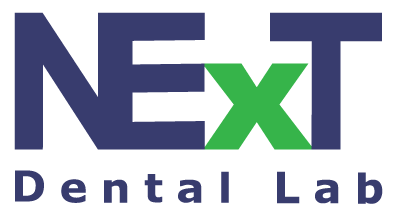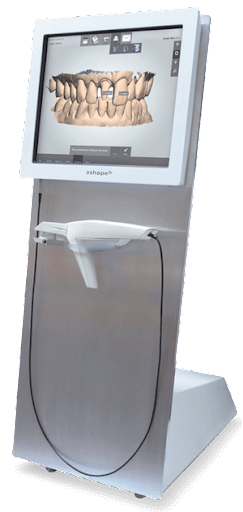Over the past ten years, dental technology has advanced significantly, offering dental practitioners a better grasp of what happens behind the scenes. One breakthrough that is revolutionizing how dental disorders are assessed, identified, and treated is dental scanning technology. This cutting-edge technology is an investment in the right equipment in dentistry to improve dental health. Read on to learn more about digital scanning technology in dentistry and how it has become a valuable game changer in the field.
What Does Dental Scanning do?
Using optical and laser scanning technology, dental scanning creates a map of your teeth by virtually scanning them. These enable dental specialists to build a model of the mouth’s hard and soft tissues. Thanks to dental scanning, the way dental restorations are done is radically changing for the better as it removes the need for dentists to make decisions based only on superficial features, scant X-rays, and molds, which can take time and ultimately may not provide a complete picture of what is happening or how to approach restorative care.
Digital scanners such as Element® by iTero and Trios® by 3Shape can be used to take impressions, which can then be transmitted to a lab where Invisalign, bridges, nightguards, dentures, crowns, and other equipment can be made more quickly and precisely.
How Digital Scanning in Revolutionizing Modern Dentistry
The impact of digital scanning technology in modern dentistry cannot be overemphasized. Below are some of the way digital scanning has aided an improvement in dental diagnosis and restoration.
- Dental Lasers
The two things that trigger the most anxiety in people are dental drills and needles. Lasers for dentistry can often take the role of the drill. Moreover, they have the ability to immediately cauterize wounds, minimizing discomfort, danger of infection, bleeding, and healing time. They can also prevent gingivitis, eliminate soft tissue, reveal affected teeth, and prepare teeth for restorations.
- CAD/CAM Design and 3D Printing
For both dental professionals and patients, lab-made restorations are one of the most aggravating aspects of dental treatment. Patients have to cope with unpleasant temporary remedies while they wait for their final restoration to arrive after clumpy imprints are taken and sent to the lab. Thanks to 3D printing and CAD/CAM design, dentists can now make a wide range of restorations in-office, including crowns and bridge, onlays, and whole sets of dentures. The final restoration can often be completed in just one visit.
- Optical and CT Scanning
Digital scanning is a painless remedy offered by modern technology if your dentist seeks a peek beyond what x-rays can offer. By properly matching dental restorations to your natural teeth, optical scanners and computerized color maps do a great job of improving their appearance. Technology for dental diagnosis can spot developing cavities early before they become obvious.
- Digital Impressions and X-rays
The old-fashioned dental impressions are a complete mess. You’re probably familiar with the sensation of biting into a tray of goo while attempting not to gag or swallow, followed by the impatient wait while the dentist shakes the dried substance back and forth to remove it from your mouth. Digital impressions are much more hygienic, quick, and pleasant.
Compared to film x-rays, digital x-rays use much less radioactivity. To get a better view of the problematic areas of the mouth, they can be moved and zoomed. Dentists can capture super-high-quality digital photographs with intra-oral sensors to further highlight particular areas.

